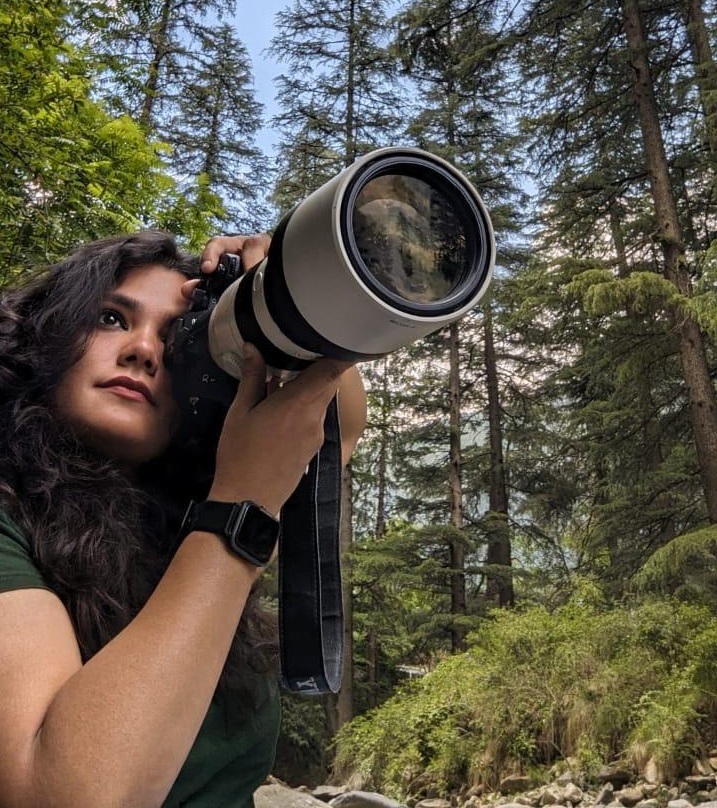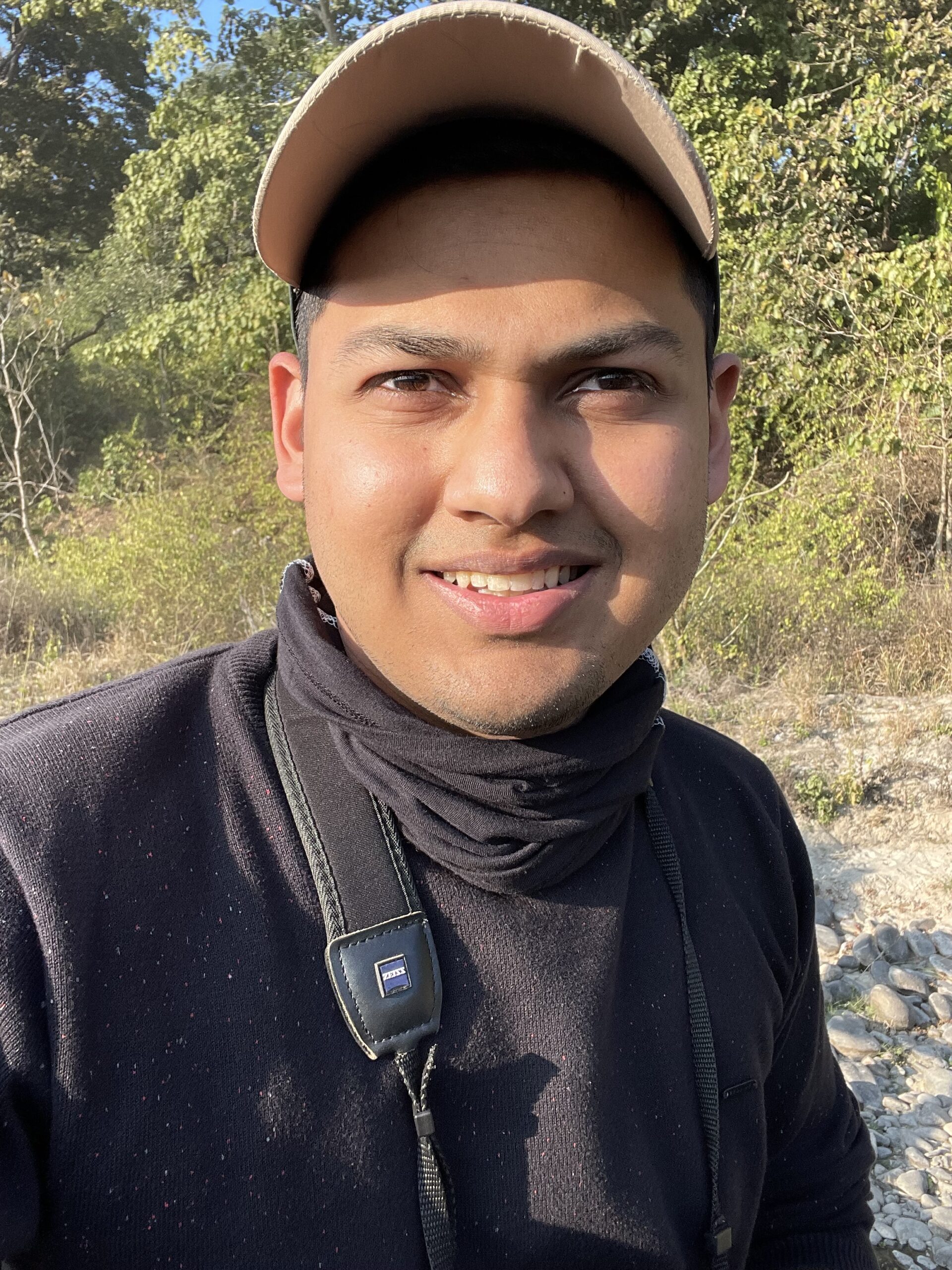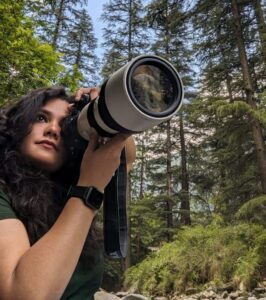Where to See Leopards in India Best Safari Parks for Elusive Sightings
The leopard is one of the most elusive and adaptable large cats in India. Unlike the tiger, which has key areas it dominates, leopards can be found in various habitats, from arid desert, dense forests, rocky pinnacles, and even in people’s backyards. The adaptability of the leopard makes it one of the most widespread predators in India, yet spotting one in the wild remains a thrilling challenge.
For wildlife lovers and photographers, a leopard safari in India can be the ultimate experience. As secretive cats, leopards are masters of stealth and camouflage, and they can be gone before you know it, often disappearing into shadows in the blink of an eye. In this guide, I am going to discuss the best national parks, reserves and landscapes to see leopards, and provide tips on how to plan your Indian wildlife safari in the best way possible.
Best National Parks & Reserves to Spot Leopards in India
Jawai is not officially a national park, and is often referred to as the “Leopard Hills of India.” Unlike some of the other reserves, Jawai is a unique landscape of rocky outcrops and caves, allowing leopards to live in absolute harmony with neighbouring communities. Leopards can be seen in Jawai almost every day, lounging on granite boulders at dawn and dusk.
-
Best time to visit: October – April
-
Highlights: Stunning landscapes, cooperation with Rabari shepherds, and leopard sighting outside of protected parks
Panna National Park (Madhya Pradesh)
Panna is best known for its pioneering tiger reintroduction program; it is also a great place to see leopards. They thrive in the riverine forests along the Ken River, often spotted on rocky cliffs or moving stealthily in the ravines.
-
Best time to visit: October – March
-
Highlights: Leopards, gharials, vultures, boat rides on the Ken River.
Satpura National Park (Madhya Pradesh)
Satpura is another real wilderness escape. We can do walking safaris, canoe rides along the rivers, and jeep safaris. While the park has tigers, it is less tiger-heavy than many other parks and leopards are easily sighted in the buffer areas with lower tiger densities.
-
Best time to visit: November – April
-
Highlights: Walking safaris, sloth bears, and different habitats for leopards
Kabini & Nagarhole (Karnataka)
Kabini is part of the Nilgiri Biosphere Reserve. The area has become famous for its “black panthers” (the melanistic version of leopards), but sightings are rare. Like Panna, the opportunity to see such a striking cat puts Kabini on many wildlife photographers’ bucket lists.
-
Best time to visit: November – May
-
Highlights: Black panther, elephants, lush backwaters.
Gir National Park (Gujarat)
Gir is famous for its Asiatic lions; however, the park contains a fairly healthy leopard population. Although they are infrequently seen during the denning season, they are regularly sighted in the peripheral zones and rocky locations away from lion prides.
-
Best time to visit: December – March
-
Highlights: A Combination of lions and leopards in one safari.
What Makes Leopard Safaris Special
What is unique about leopard safaris in India is that they are different from tiger tracking. Tigers tend to reign in open pastures and need to be close to ample water. Leopards are elusive wildcats, shy by nature, and favour rocky or forested covers. They also navigate among the various terrains of India, from the dry deserts of Rajasthan to the heavy humidity of the Western Ghats. Adventurers can never fully prepare for the landscapes that leopards have made their home, and it creates an element of surprise and adventure in every leopard safari.
Elusiveness & Stealth
Leopards are ambush predators and move about silently through their environments.
Unique Photography Opportunities not generally available with tiger safaris
Leopards tend to drape themselves in tree branches, unlike tigers, who will be generally seen sauntering about on the ground in the open. This can result in an iconic frame worthy of your Instagram post!
Nocturnal Behaviour.
Leopard safari experiences are conducted mostly in daylight, but leopards are primarily nocturnal animals, which adds to the intrigue of a sunset sighting of a leopard during your safari experience.
Planning Your Leopard Safari in India
Best Time to visit
- October to April offer cooler weather, and there is generally better visibility in the dry forest regions of India.
- March through June generally offers higher chances of leopard sightings around the water sources, but it is very hot!
How long to stay
- 3 to 5 days per destination will generally ensure better chances of leopard sighting. I encourage combining two reserves together for a diverse safari experience (i.e. Jawai + Ranthambore, or Kabini or Nagarhole).
What to pack
- Neutral colored clothing (e.g. various shades of greens, browns, khaki).
- Binoculars & long camera lenses (e.g. 300mm -600mm) are ideal for photographing leopards that tend to be elevated.
- A hat, sunscreen, and insect repellent are generally recommended to ensure you are prepared for your safari.
- Proof of ID/safari permits (mandatory)
Safari prices & permits
Leopard safaris are typically less commercialised than tiger safaris, which means that it is much more affordable. Most of the time, the area operates in a community-based and not at a government level (as it is the case in Jawai, where riders are taken on community-based jeep safaris). Due to the popularity of some parks (like Kabini), it is imperative that your bookings are done in advance.
Wildlife Adventure Tours in India with Leopards
Leopard safaris are easily incorporated into wildlife adventure tours in India, which offer many options of diverse safari tourism experiences. For example:
Tiger + Leopard Combo: You could have a tiger safari at Ranthambore and a leopard safari at Jawai – and get a double feature for big cats.
Walking Safaris at Satpura: Experience leopards on foot. It is even rarer to have leopards in walking trails in Indian parks, as in tiger country (the option that is offered in Satpura).
Cultural add-ons: In Rajasthan, viewing a leopard could include cultural experiences in the villages, such as visiting the local Rabari shepherds.
These Indian wildlife travel packages offer more than jeep safaris, and enable travellers to immerse themselves in an experience that is rich in landscapes, cultures and conservation stories.
At Ethical Wildlife, we design safaris that are completely easy-to-do checklists. We focus on ethical and affordable small-group photography-led expeditions that will not only see leopard, but describe leopard viewing with an understanding of their behaviours and habitat.
What makes us stand out?
- Photography mentorship by one of the best mentors in the profession: Sachin Sarbalia
- A maximum of 4 guests in each jeep provides great viewing and photography options.
- With experienced naturalists and trackers who understand leopard behaviour
- Ethically driven – no off-road driving, no plastic safaris, respect for wildlife and local communities
- Curated itineraries – snow leopard expeditions in Ladakh to leopard tracking in Jawai
Conclusion
The leopard is the embodiment of India’s wildness – stealthy, adaptable and enigmatic! While tigers may get top scare, leopards offer pure magic for those who seek them. A glimmering golden coat on granite hills, a pair of always-watchful eyes from the treetops, or the rare shadow of a black panther fading back into the forests.
If you are considering an Indian wildlife safari, make sure that you have a leopard destination in your itinerary – it may well be the most amazing chapter in your jungle adventure!.
Ready to track India’s most elusive big cats?
Plan your safari with ethical experts who put photography and ethics first.
Ethical Wildlife curates small-group, photography-led safaris in India and Africa. They specialise in tiger safaris in Bandhavgarh, snow leopard expeditions in Ladakh, and a multitude of trips that connect travellers with nature, ethically and meaningfully. Their focus is on deep experiences, guided by expert naturalists and photographers, and they hold their journeys to inspire, educate and respect nature and the wild.






 Apoorva Jadon
Apoorva Jadon